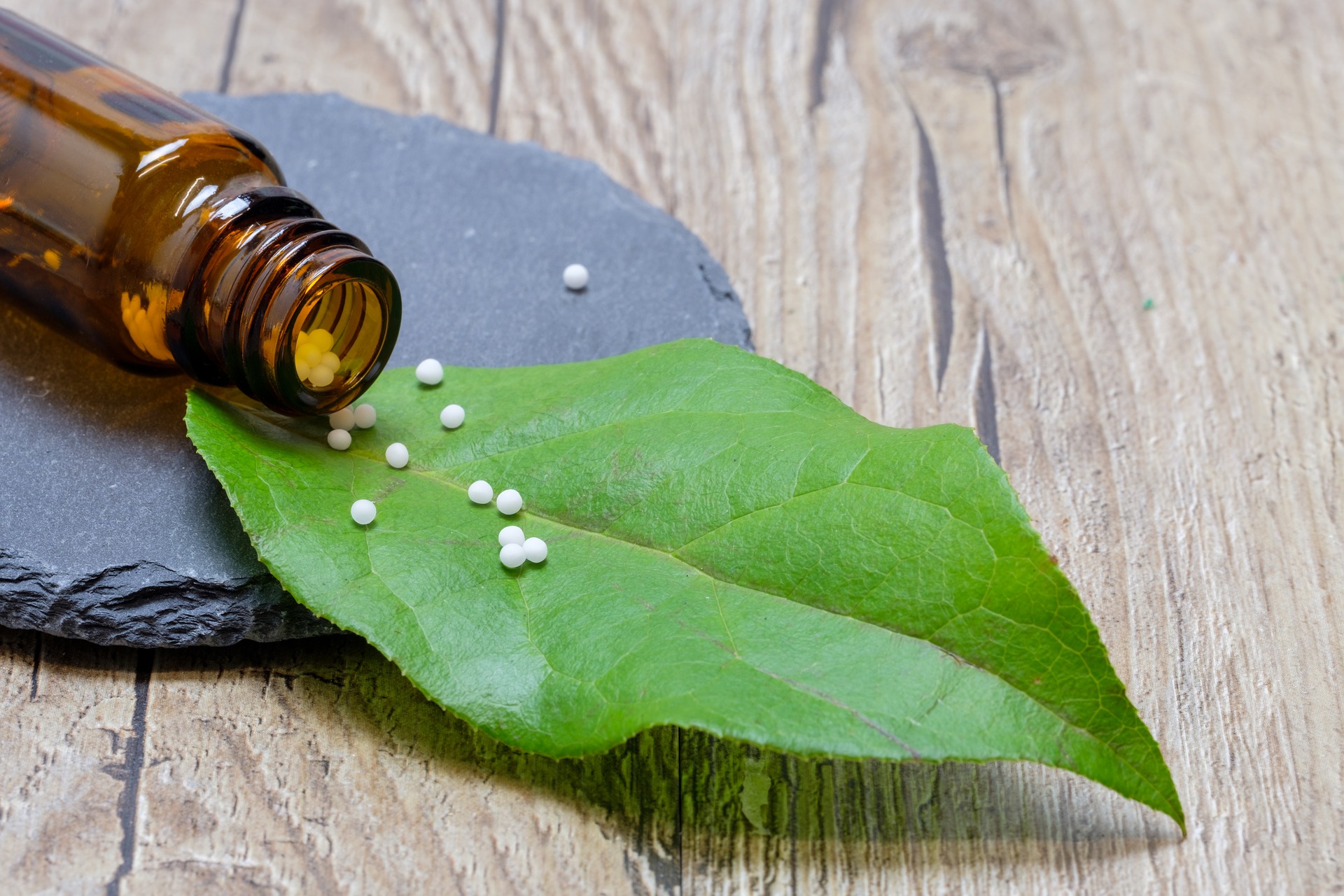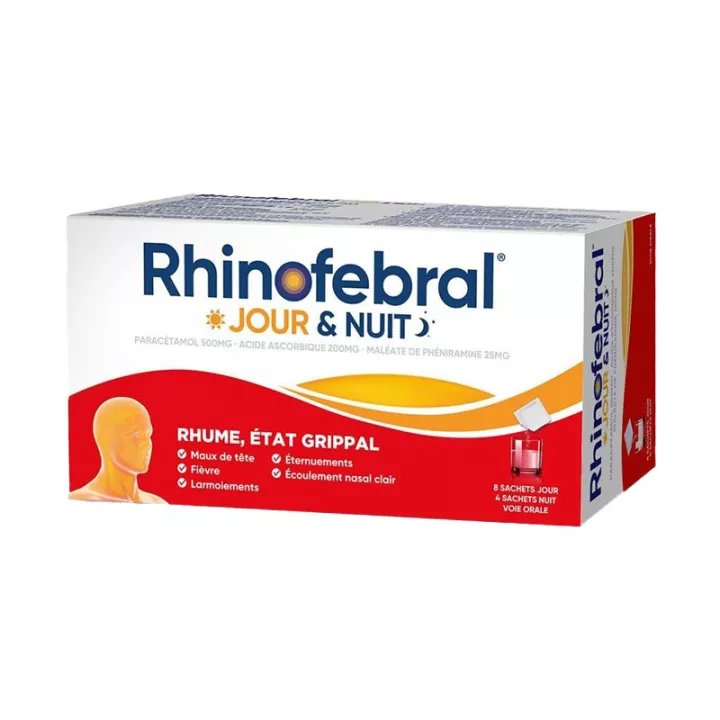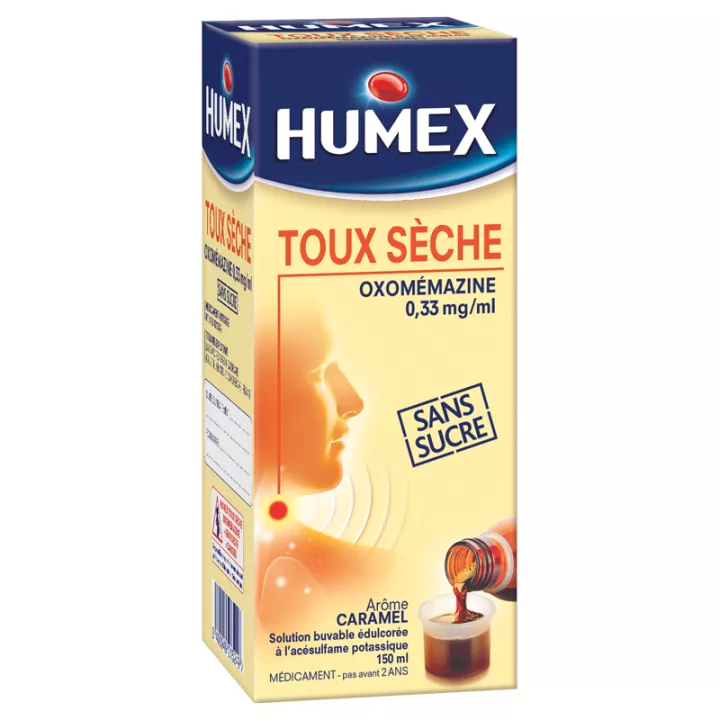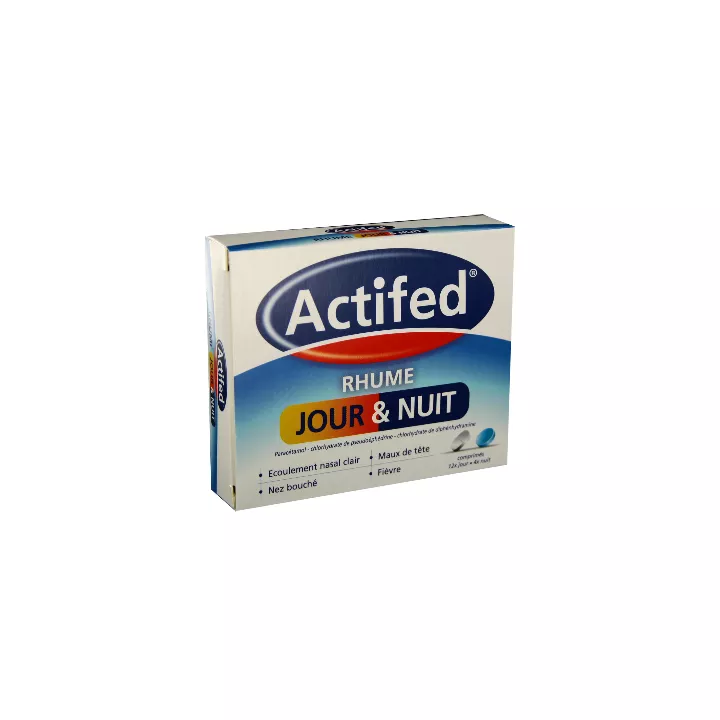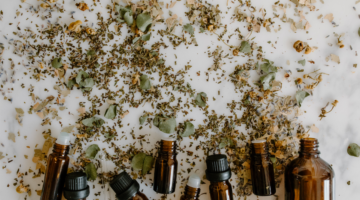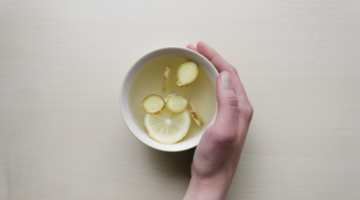NOTICE
ANSM - Updated on: 11/26/2019
Name of the drug
RHINOFEBRAL DAY AND NIGHT, powder for oral solution in sachet sweetened with aspartame
Paracetamol / Ascorbic acid (vitamin C) / Pheniramine maleate
Framed
Read all of this leaflet carefully before taking this medicine because it contains important information for you.
· This medication can be used in self-medication, that is to say used without consultation or prescription from a doctor.
· If symptoms persist beyond 5 days, if they worsen or if new symptoms appear, seek the advice of your pharmacist or doctor.
· This leaflet is made to help you use this medicine properly. Keep it, you might need to read it again.
· If you get any side effects talk to your doctor or pharmacist. This also applies to any side effects that are not mentioned in this leaflet. See section 4.
DO NOT LEAVE THIS MEDICINE WITHIN THE REACH OF CHILDREN.
What does this booklet contain ?
1. What is RHINOFEBRAL JOUR ET NUIT, powder for oral solution in sachet sweetened with aspartame and in which cases is it used?
2. What information should you know before taking RHINOFEBRAL DAY AND NIGHT, powder for oral solution in sachet sweetened with aspartame?
3. How to take RHINOFEBRAL DAY AND NIGHT, powder for oral solution in sachet sweetened with aspartame?
4. What are the possible side effects?
5. How to store RHINOFEBRAL DAY AND NIGHT, powder for oral solution in sachet sweetened with aspartame?
6. Contents of the pack and other information.
1. WHAT IS RHINOFEBRAL DAY AND NIGHT, powder for oral solution in sachet sweetened with aspartame AND IN WHAT CASES IS IT USED?
Pharmacotherapeutic group: OTHER COLD MEDICINES IN ASSOCIATION, ATC code: R05X
This medication is indicated in adults and children over 15 years of age for the treatment of colds, rhinitis, nasopharyngitis and flu-like conditions:
· a clear runny nose and watery eyes
· sneezing
· headache and / or fever.
You should contact your doctor if you experience no improvement or feel less well after 5 days.
2. BEFORE YOU TAKE RHINOFEBRAL DAY AND NIGHT, powder for oral solution in sachet sweetened with aspartame?
Never take RHINOFEBRAL DAY AND NIGHT, powder for oral solution in sachet sweetened with aspartame:
· if you are allergic to the active substances or to any of the other ingredients of this medicine, listed in section 6.
· child under 15,
· if you have certain forms of glaucoma (increased pressure in the eye),
· if you have difficulty urinating due to prostate or other causes,
· if you have severe liver disease due to the presence of paracetamol,
· if you have phenylketonuria (hereditary disease detected at birth), due to the presence of aspartame.
You should generally not use this medicine unless your doctor tells you otherwise while you are pregnant and breastfeeding.
IN CASE OF DOUBT, IT IS ESSENTIAL TO ASK FOR THE OPINION OF YOUR DOCTOR OR YOUR PHARMACIST.
Warnings and Precautions
Talk to your doctor or pharmacist before taking RHINOFEBRAL DAY AND NIGHT, powder for oral solution in sachet sweetened with aspartame:
Special warnings
DO NOT LEAVE THIS MEDICINE WITHIN THE REACH OF CHILDREN.
· it is imperative to strictly observe the dosage, the duration of treatment of 5 days, and the contraindications.
· the absorption of alcoholic beverages, drugs containing alcohol or sedative drugs is not recommended during treatment.
In case of overdose or mistakenly taking too high a dose, consult your doctor immediately. This medicine contains paracetamol and pheniramine. Other medicines contain it. Do not combine them, so as not to exceed the recommended daily dose (see section “Dosage”).
Tell your pharmacist or doctor if you are taking another medicine during the same period.
If you suffer from:
· severe liver or kidney disease,
· predisposition to constipation, dizziness and urinary disorders, this medication should only be used after advice from your doctor.
Precautions for use
In case of : purulent nasal discharge, persistence of fever, no improvement after 5 days of treatment, CONSULT YOUR DOCTOR.
Paracetamol can cause serious skin reactions. Stop treatment and contact your doctor immediately if you get a rash or other signs of allergy.
This medicine contains 43 mg of aspartame per sachet. Aspartame contains a source of phenylalanine. May be dangerous for people with phenylketonuria (PKU), a rare genetic disorder characterized by the build-up of phenylalanine that cannot be eliminated properly.
Children and adolescents
Not applicable.
Other medicines and P RHINOFEBRAL DAY AND NIGHT, powder for oral solution in sachet sweetened with aspartame
Tell your doctor or pharmacist if you are taking, have recently taken or might take any other medicines.
In order to avoid the harmful effects of an overdose, DO NOT COMBINE WITHOUT MEDICAL ADVICE other drugs containing antihistamines or paracetamol.
IF IN DOUBT, DO NOT HESITATE TO ASK FOR THE OPINION OF YOUR DOCTOR OR YOUR PHARMACIST.
RHINOFEBRAL DAY AND NIGHT, powder for oral solution in sachet sweetened with aspartame with food, drinks and alcohol
This drug can cause drowsiness increased by alcohol: it is preferable to start the treatment in the evening and to abstain from alcoholic drinks during the treatment.
Pregnancy, breastfeeding and fertility
If you are pregnant or breast-feeding, think you may be pregnant or are planning to have a baby, ask your doctor or pharmacist for advice before taking this medicine.
Pregnancy
The taking of this medication is not recommended during pregnancy.
Feeding with milk
The taking of this medication is not recommended during breast-feeding.
Driving and using machines
Attention is drawn, in particular among vehicle drivers and users of machines, to the possibilities of drowsiness or decreased vigilance associated with the use of this medication.
This phenomenon is accentuated by the intake of alcoholic beverages, drugs containing alcohol or sedative drugs.
RHINOFEBRAL DAY AND NIGHT, powder for oral solution in sachet sweetened with aspartame contains aspartame (E 951).
3. HOW TO TAKE RHINOFEBRAL DAY AND NIGHT, powder for oral solution in sachet sweetened with aspartame?
Always take this medicine exactly as described in this leaflet or as your doctor or pharmacist has told you. Check with your doctor or pharmacist if in doubt.
Dosage
Reserved for adults and children over 15 years old
This presentation contains Day sachets and Night sachets. Night sachets, which do not contain vitamin C, are intended for administration at bedtime.
The recommended dose is:
During the day: 1 day sachet, to be renewed once if necessary,
In the evening at bedtime: 1 Night sachet if necessary.
The catches must be spaced at least 4 hours apart, without exceeding 3 sachets in total per day.
Method and route of administration
Oral route.
The sachets should be taken in a sufficient quantity of water, cold or hot.
During flu-like conditions, this medicine is best taken in warm water at night.
How often and when the drug should be administered
In the event of renal insufficiency (creatinine clearance less than 10 ml / min) , the interval between 2 intakes will be at least 8 hours.
Duration of treatment
The maximum duration of treatment is 5 days.
If you take more RHINOFEBRAL DAY AND NIGHT, powder for oral solution in sachet sweetened with aspartame than you should
STOP TREATMENT AND SEEK MEDICAL ATTENTION IMMEDIATELY.
If you forget to take RHINOFEBRAL DAY AND NIGHT, powder for oral solution in sachet sweetened with aspartame
Do not take a double dose to make up for the dose you forgot to take.
If you stop taking RHINOFEBRAL DAY AND NIGHT, powder for oral solution in sachet sweetened with aspartame
Not applicable.
If you have any further questions on the use of this medicine, ask your doctor or pharmacist for more information.
4. WHAT ARE THE POSSIBLE SIDE EFFECTS?
Like all medicines, this medicine can cause side effects, although not everybody gets them.
· The onset of an acute glaucoma attack in predisposed subjects.
· Urinary disorders (significant decrease in urine, difficulty in urinating).
· Dry mouth, visual disturbances, constipation.
· Memory or concentration problems, confusion, dizziness (more common in the elderly).
· Motor incoordination, tremors.
· Drowsiness, a decrease in vigilance, more marked at the start of treatment.
· A drop in blood pressure upon standing up which may be accompanied by dizziness.
· In rare cases, a rash or redness of the skin or an allergic reaction may occur, which may manifest as sudden swelling of the face and neck or sudden discomfort with a drop in blood pressure. You should stop treatment immediately, tell your doctor and never take medicines containing paracetamol or pheniramine again.
· In some rare cases, serious skin reactions have been reported. You should stop treatment immediately, tell your doctor and never take medicines containing paracetamol again.
· Exceptionally, biological changes requiring control of the blood test have been observed: abnormally low levels of certain white blood cells or certain blood cells such as platelets which may result in nosebleeds or gums. In this case, consult a doctor.
Reporting of side effects
If you get any side effects talk to your doctor or pharmacist. This also applies to any side effects that are not mentioned in this leaflet. You can also report side effects directly via the national reporting system: National Agency for Medicines and Health Products Safety (ANSM) and network of Regional Pharmacovigilance Centers
By reporting side effects you can help provide more information on the safety of this medicine.
5. HOW TO STORE RHINOFEBRAL DAY AND NIGHT, powder for oral solution in sachet sweetened with aspartame?
Keep this medication out of the sight and reach of children.
Do not use this medicine after the expiry date which is stated on the pack after EXP. The expiration date refers to the last day of that month.
Store at a temperature not exceeding 30 ° C.
Do not throw away any medicine via wastewater or household waste. Ask your pharmacist how to throw away medicines you no longer use. These measures will help protect the environment.
6. CONTENTS OF THE PACKAGE AND OTHER INFORMATION
What RHINOFEBRAL DAY AND NIGHT contains, powder for oral solution in sachet sweetened with aspartame
· The active substances are:
Day pack:
Paracetamol ................................................. .................................................. .................... 500 mg
Ascorbic acid (vitamin C) ............................................ ................................................. 200 mg
Pheniramine maleate ............................................... .................................................. ....... 25 mg
For a sachet of 5 g.
Night bag:
Paracetamol ................................................. .................................................. .................... 500 mg
Pheniramine maleate ............................................... .................................................. ....... 25 mg
For a sachet of 5 g.
· The other ingredients are: mannitol, anhydrous citric acid, polyvidone, anhydrous magnesium citrate, aspartame, West Indian flavor (essential oils of lemon, orange, orange pulp, natural extracts of rum and vanilla, maltol, citral, citric acid (E330) on a support composed of maltodextrin, arabic gum and sugar)
What is RHINOFEBRAL DAY AND NIGHT, powder for oral solution in sachet sweetened with aspartame and contents of the outer packaging
This medication is in the form of a powder for oral solution in a sachet.
Box of 6 sachets (4 day sachets and 2 night sachets), 9 sachets (6 day sachets and 3 night sachets), 10 sachets (6 day sachets and 4 night sachets), 12 sachets (8 day sachets + 4 night sachets) ( Paper / Aluminum / PE).
Not all presentations may be marketed.
Marketing authorization holder
JOHNSON & JOHNSON SANTE BEAUTE FRANCE
1 RUE CAMILLE DESMOULINS
92130 ISSY LES MOULINEAUX
Marketing authorization operator
JOHNSON & JOHNSON SANTE BEAUTE FRANCE
1 RUE CAMILLE DESMOULINS
92130 ISSY LES MOULINEAUX
Maker
FARMEA
10, RUE BOUCHE THOMAS
ZAC D'ORGEMONT
49000 ANGERS
Names of the drug in the Member States of the European Economic Area
Not applicable.
The last date on which this leaflet was revised is:
[to be completed later by the holder]
Other
Detailed information on this medication is available on the ANSM website (France).
HEALTH EDUCATION COUNCIL:
This medicine is used to treat a runny nose and headache and / or fever in colds in adults and children over 15 years old.
A common cold is a very common, mild infection that affects the nasal lining (inner lining of the nose).
This mucous membrane secretes a liquid whose role is to permanently humidify the inspired air and to fight against infectious agents. When this mucous membrane is irritated, it swells and increases its usual secretion of fluid, so that the nose “runs”.
In order to limit the appearance of symptoms, respect as much as possible the following hygiene rules:
· Wash your hands regularly, especially before meals or when preparing them.
· Cover your mouth when you cough or sneeze.
· Blow your nose often with disposable tissues (so as not to recontaminate yourself) and throw them in a trash can immediately after use, then wash your hands.
· When using nasal solution, avoid using the same nasal nozzle for all family members.
· Avoid visiting a young woman who has recently given birth and her newborn baby, an elderly person, or a person being treated with immunosuppressants (corticosteroids, drugs for a blood disease or cancer, etc.). In these cases, wearing a mask is recommended.
For your comfort :
· Drink enough.
· Moisten the nasal mucosa with suitable washing solutions (physiological serum, sprays of thermal water or sea water). Avoid using the same nasal tip for the whole family.
· Avoid smoking or breathing second-hand smoke.
· Sleep with your head elevated to improve airflow through blocked nostrils and get enough sleep.
· If necessary, protect the skin of the upper lip and the nostrils with a cream because the repeated blowing tends to irritate the skin.
· Avoid air conditioners that dehumidify the air and dry out the nasal mucous membranes, the ideal room temperature should be around 18-20 ° C.
· Regularly ventilate the rooms.
"WHAT TO DO IN CASE OF FEVER?" :
Normal body temperature varies from one individual to another and ranges from 36.5 ° C to 37.5 ° C. A rise of more than 0.8 ° C is considered fever.
In adults : if the disorders it causes are too bothersome, you can take this medication which contains paracetamol in accordance with the indicated dosages.
With this medicine, the fever should drop quickly. Nevertheless :
· if other signs appear (such as a rash),
· if the temperature persists for more than 3 days or if it worsens,
· if the headache becomes severe, or in case of vomiting,
CONSULT YOUR DOCTOR IMMEDIATELY.
"WHAT TO DO IN CASE OF PAIN?" :
In the absence of improvement after 5 days of treatment,
· if the pain returns regularly,
· if it is accompanied by fever,
· if she wakes you up at night,
CONSULT YOUR DOCTOR IMMEDIATELY.
